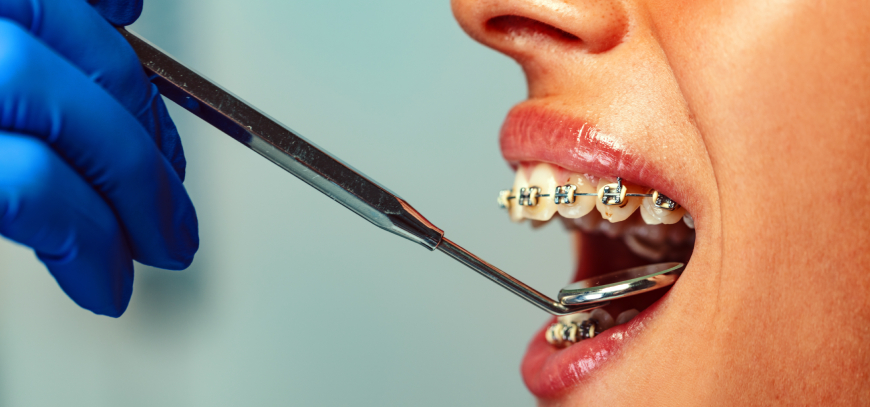Working Time
- Mon-Fri: 9:00 AM – 5:00 PM
Saturday: Closed
Saturday: Closed
Contact Info
-
Phone: 1-888-204-5010
Ask the Experts
Orthodontics Dentistry

What is Orthodontics Dentistry?
Orthodontics is a specialized field of dentistry focused on diagnosing, preventing, and treating dental and facial irregularities. The primary goal of orthodontic treatment is to correct malocclusion or misalignment of the teeth and jaws, which can affect oral function and aesthetic appearance. Treatments in orthodontics include braces, clear aligners, retainers, and other dental appliances to align teeth, close gaps, and correct bite issues. By properly aligning the teeth and jaws, orthodontics not only enhances the appearance and smile but also improves oral health, making it easier to chew, bite, and clean the teeth, thus contributing to overall oral hygiene and well-being.
What is the Procedure of Orthodontics Dentistry?
The procedure of orthodontic dentistry typically involves several vital steps to ensure the successful alignment of teeth and correction of the bite:
- Initial Consultation: The first step is a comprehensive examination where the orthodontist evaluates the patient’s teeth, jaws, and facial structure. This may include taking X-rays, photographs, and digital scans or dental impressions to create a precise model of the teeth.
- Diagnosis and Treatment Planning: Based on the initial assessment, the orthodontist diagnoses the specific issues and develops a customized treatment plan. This plan outlines the objectives of treatment, the type of orthodontic devices to be used, the expected duration of treatment, and any preparatory procedures required.
- Preparation: Some patients may need preparatory work, such as dental extractions or the placement of spacers, before beginning orthodontic treatment.
- Appliance Placement: The next step is the placement of the orthodontic appliance, which could be traditional braces, clear aligners, or other devices. If braces are chosen, brackets are bonded to the teeth, and wires are attached to guide the teeth into alignment.
- Adjustment Periods: Throughout treatment, the patient will have regular appointments for adjustments or to move on to the next set of aligners. These adjustments gradually shift the teeth into their correct positions.
- Monitoring Progress: The orthodontist will regularly monitor the patient’s progress and make any necessary modifications to the treatment plan.
- Retention: Once the teeth have been correctly aligned, a retention phase follows to ensure they stay in place. This usually involves wearing retainers, which can be fixed or removable, depending on the specific needs of the patient.
- Post-treatment Evaluation: After the retention phase, the orthodontist will evaluate the outcomes of the treatment to ensure the goals have been achieved and that the patient is satisfied with the results.
Orthodontic treatment varies in length and complexity depending on the individual’s needs but generally follows these structured steps to improve dental alignment and bite function.
Orthodontic treatment can be started at any age, but the most common time is during adolescence. The American Association of Orthodontists recommends that children get their first orthodontic evaluation by the age of 7. This does not mean they will get braces right away, but it allows the orthodontist to monitor the child’s growth patterns and start treatment at the optimal time. However, adults can also undergo orthodontic treatment to correct alignment issues and improve their oral health.
The duration of orthodontic treatment varies depending on individual needs, the complexity of the issues to be corrected, the type of treatment chosen, and patient compliance. On average, braces might be worn for 18 months to 3 years. After braces are removed, most patients will need to wear a retainer to maintain the results.
Braces can cause discomfort, especially after they are first put on or adjusted. This discomfort typically lasts a few days and can be managed with over-the-counter pain relievers. Orthodontic appliances put gentle pressure on the teeth to shift them into proper alignment, which can cause a sensation of pressure or mild soreness. However, orthodontic technology has advanced significantly, making current treatments more comfortable than ever.